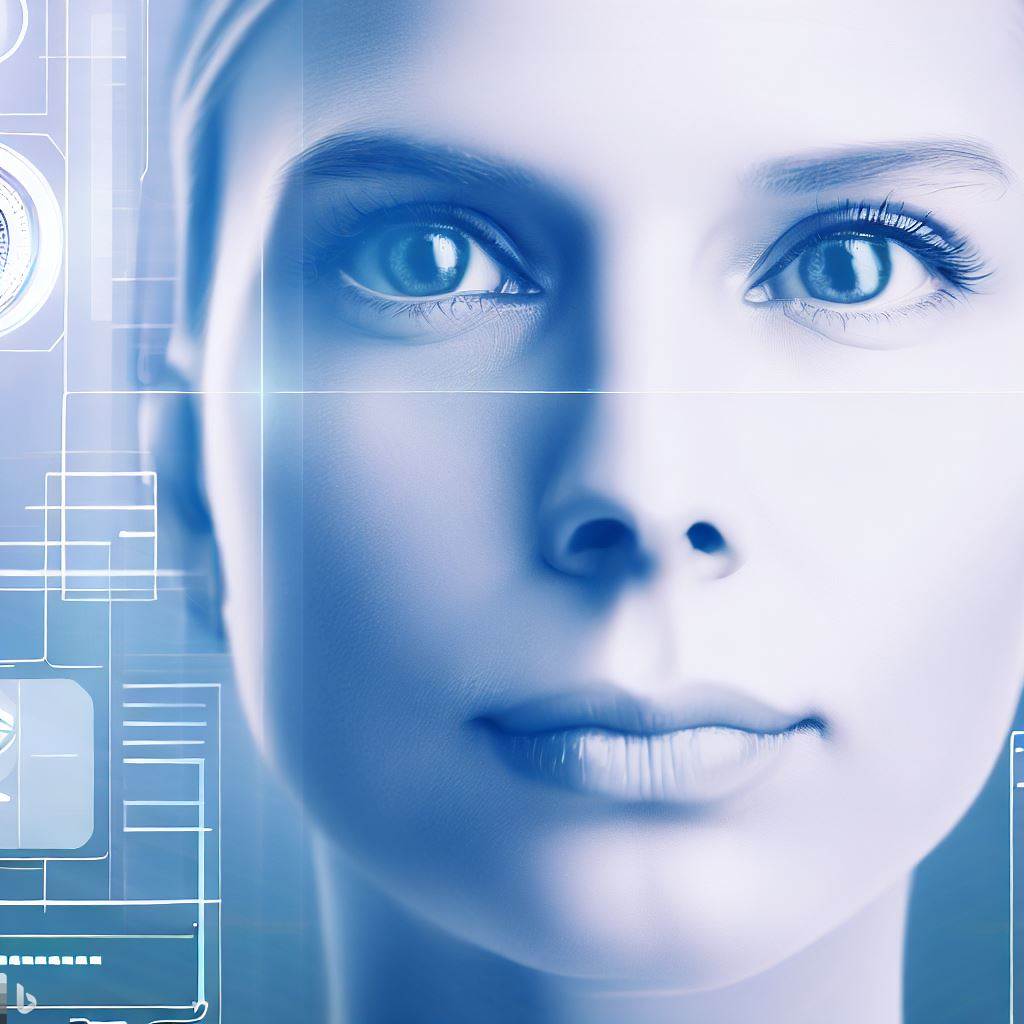Passwords are the most common way of authenticating users to access protected resources, such as computer systems, networks, databases, websites and other applications. However, passwords are also a weak link in the security chain, as users often have bad habits, such as reusing the same password for different accounts, choosing easy-to-guess passwords, or sharing passwords with others. These practices expose users and organizations to various risks, such as identity theft, data breaches, cyberattacks and fraud.
To improve the security posture of organizations and industries, there is a need to rethink the authentication strategy and adopt more robust and convenient methods. One of these methods is AI-based facial recognition security systems, which use the unique features of a person’s face to verify their identity and grant them access to the desired resources.

Facial recognition security systems consist of three steps: face detection, face alignment and face recognition. Each step involves using deep learning models to process image data and extract relevant information. Face detection is the process of locating and cropping the face region from an image. Face alignment is the process of transforming the face region to a standard pose and size. Face recognition is the process of comparing the face region with a database of known faces and finding the best match.
Facial recognition security systems have many advantages over password authentication, such as:
Reducing human errors: Users do not need to remember or type passwords, which can be forgotten, mistyped or stolen.
Improving user experience: Users can access resources quickly and easily by just showing their face to a camera.
Enhancing security and privacy: Users’ faces are unique and hard to forge or spoof, unlike passwords that can be cracked or guessed. Facial recognition systems can also encrypt and protect users’ biometric data from unauthorized access.
Lowering cost and complexity: Users do not need to carry or maintain any additional devices or tokens for authentication, such as smart cards or key fobs. Facial recognition systems can also be integrated with existing infrastructure and applications without much modification.
However, facial recognition security systems also face some challenges, such as:
Data quality: The performance of facial recognition systems depends on the quality of the image data used for training and testing. Low-quality images can affect the accuracy and reliability of the system.
Environmental changes: The performance of facial recognition systems can also be affected by changes in lighting, background, pose, expression, occlusion, aging and other factors that can alter the appearance of a user’s face.
Attack threats: Facial recognition systems can be vulnerable to various types of attacks, such as presentation attacks (using photos or masks to impersonate a user), replay attacks (using recorded videos to bypass liveness detection), or adversarial attacks (using manipulated images to fool the system).
Legal and ethical issues: Facial recognition systems raise some legal and ethical questions regarding users’ consent, data protection, privacy rights, bias and discrimination. These issues require careful consideration and regulation by stakeholders.
To overcome these challenges, facial recognition security systems need to leverage technological innovations and social collaboration. For example, using advanced deep learning techniques to improve the robustness and efficiency of the system; using multimodal biometrics to combine facial recognition with other modalities, such as voice or iris; using blockchain to ensure the integrity and traceability of biometric data; using federated learning to enable distributed and privacy-preserving data sharing; using explainable AI to increase the transparency and accountability of the system; and using ethical AI guidelines to ensure the fairness and respect of human values.
AI-based facial recognition security systems have the potential to transform the security posture of many organizations and industries by providing a stronger, more convenient and more secure authentication method than passwords. However, they also pose some challenges that need to be addressed by technological innovations and social collaboration. By doing so, facial recognition security systems can contribute to a safer and smarter society.